In 2024, the lunch box market presents a dynamic landscape, shaped by evolving consumer needs and technological advancements. These portable meal containers, ranging from insulated bags to sophisticated bento boxes, have become essential for a variety of users. They cater to diverse preferences, from office employees seeking convenience to outdoor enthusiasts needing durability. The lunch box, once a simple vessel for carrying meals, now embodies a fusion of functionality and style, reflecting the user’s lifestyle and values. As these products continue to adapt and innovate, they offer enhanced features like improved insulation, eco-friendly materials, and versatile designs, making them more than just a means to transport food, but a statement of personal choice and environmental consciousness. This evolution marks a significant shift in how lunch boxes are perceived and utilized in daily life.
Table of Contents:
1. Variety and applications of lunch boxes
2. Current market dynamics for lunch boxes
3. Key considerations in lunch box selection
4. Leading lunch box models and their features
5. Concluding insights
Variety and applications of lunch boxes
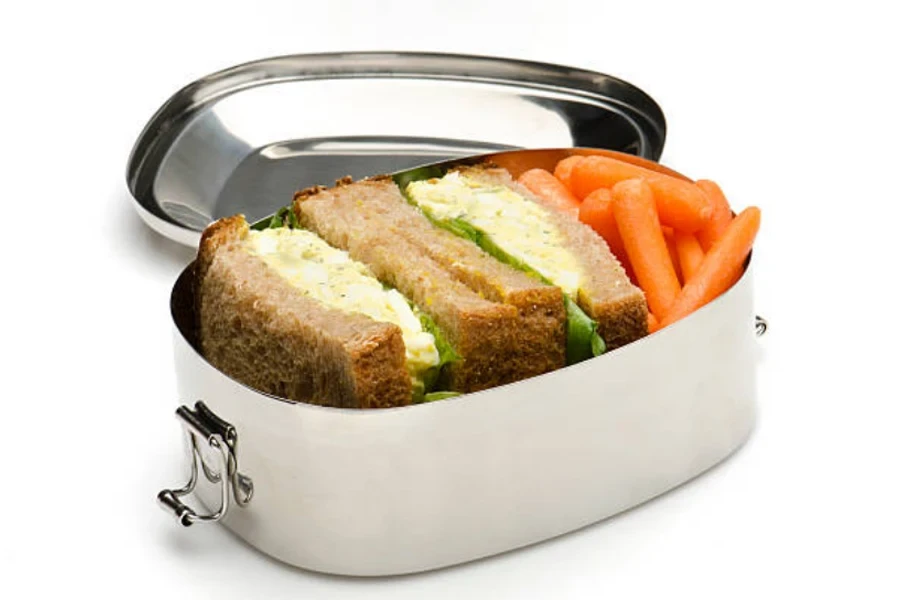
The landscape of lunch boxes in 2024 is marked by a diverse array of types, each catering to specific needs and lifestyles. This variety reflects the evolving demands of consumers who seek both functionality and style in their daily essentials.
Different types of lunch boxes
The market offers a range of lunch box types, each designed with unique features. Insulated lunch bags, for instance, are a popular choice, known for their ability to maintain food temperature over extended periods. These are particularly favored by professionals who require their meals to stay warm or cold until lunchtime. Bento boxes, originating from Japan, offer compartmentalized spaces, ideal for portion control and a variety of food items. They are a hit among those who prefer an organized and visually appealing meal. Cooler bags, larger in size, are designed for outdoor activities, capable of storing more substantial meal portions and drinks, making them suitable for group outings or family picnics.
Usage scenarios for different lunch boxes

The application of these lunch boxes varies based on the user’s environment and needs. Insulated lunch bags are a staple in office settings, where practicality and ease of carrying are paramount. Their ability to keep food at the desired temperature makes them a reliable choice for professionals. Bento boxes, with their neat compartments, are not only popular in school settings, where they help in providing balanced meals for students, but also among adults who appreciate their convenience for portion-controlled, healthy meals. Cooler bags are the go-to option for outdoor enthusiasts. Their capacity and durability make them suitable for camping trips, beach outings, or any scenario where keeping food and beverages cool for longer periods is essential.
This variety in lunch boxes underscores a broader trend in consumer behavior. Individuals are increasingly seeking products that align with their personal and professional lifestyles. The lunch box, once a mere container, has evolved into a reflection of personal habits, health consciousness, and environmental awareness. This evolution is evident in the design and functionality of the various types available in the market. As these trends continue to shape consumer preferences, the lunch box market adapts, offering solutions that are not only practical but also resonate with the values and aesthetics of modern users.
Current market dynamics for lunch boxes
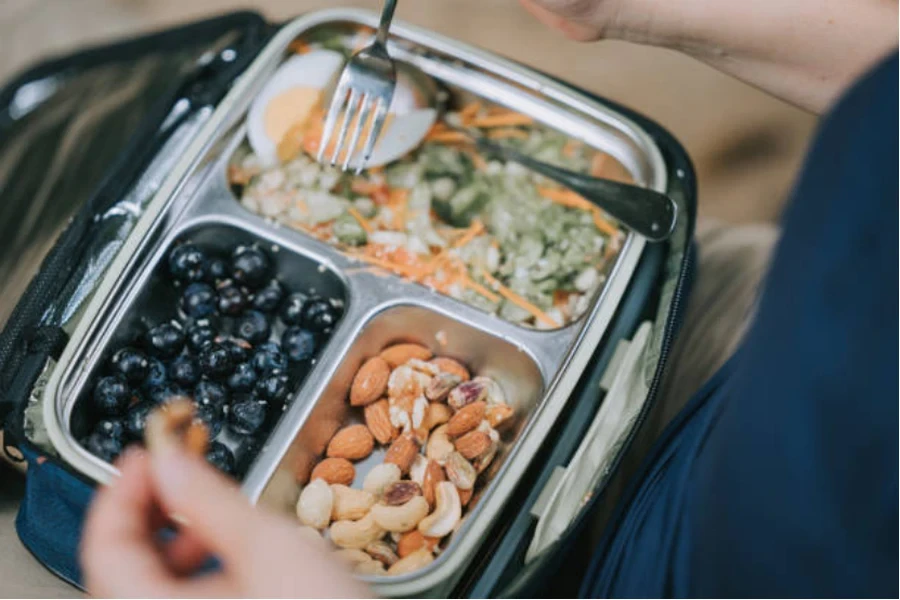
Market trends and consumer preferences
The current market for lunch boxes is characterized by a keen focus on consumer preferences, which are increasingly leaning towards customization and multifunctionality. Consumers are looking for lunch boxes that are not just containers but also align with their lifestyle choices. There is a growing demand for lunch boxes that are versatile enough to be used in various settings, from formal work environments to casual outdoor activities. This has led to the development of designs that are both aesthetically pleasing and functional, with features like modular compartments and adjustable sizes.
Moreover, the health-conscious consumer is influencing the market significantly. Lunch boxes that support healthy eating habits, such as those with portion control compartments, are seeing a rise in popularity. This trend is particularly noticeable among consumers who are keen on maintaining a balanced diet and those who prefer home-cooked meals over eating out.
Impact of sustainability and technology
Sustainability is another critical factor shaping the lunch box market. There is an increasing preference for eco-friendly materials, with consumers showing a willingness to invest in products that are both durable and environmentally responsible. This shift is evident in the growing popularity of lunch boxes made from biodegradable materials, recycled plastics, and natural fibers. These materials not only reduce environmental impact but also offer the durability and quality that consumers seek.
In addition to sustainability, technological advancements are playing a significant role in the evolution of lunch boxes. Innovations such as built-in cooling systems, smart temperature controls, and even solar-powered heating elements are transforming lunch boxes into high-tech gadgets. These features cater to the needs of consumers who are looking for convenience and efficiency in their meal management, especially those who spend long hours away from home or do not have access to standard kitchen amenities.
These market dynamics indicate a shift towards lunch boxes that are not only practical but also resonate with the personal values and technological inclinations of modern consumers. As these trends continue to evolve, they are likely to shape the future of the lunch box market, driving innovation and new product development.
Key considerations in lunch box selection
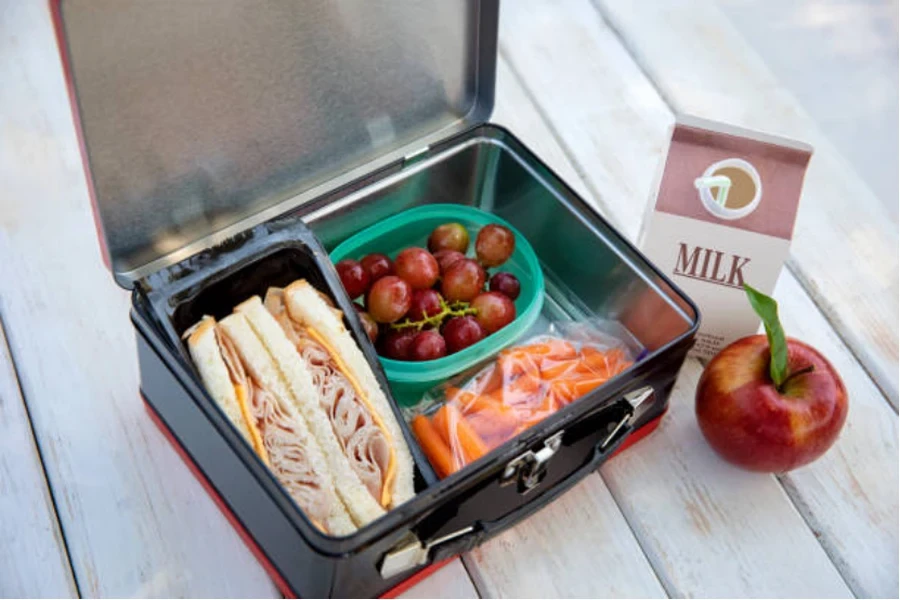
Assessing quality and durability
When selecting lunch boxes, assessing the quality and durability of materials is crucial. The most common materials used are stainless steel, plastic, glass, bamboo, and silicone, each with distinct advantages and drawbacks.
Stainless steel lunch boxes are renowned for their durability and longevity. They are resistant to drops, everyday wear and tear, and do not harbor unwanted bacteria, stains, or smells. Stainless steel is also eco-friendly, being infinitely recyclable and non-toxic. These qualities make steel lunch boxes particularly suitable for outdoor workers, children, and those with an active lifestyle.
Plastic lunch boxes, while lightweight and versatile, are less durable and eco-friendly. High-quality plastic options, free from BPA and phthalates, are available for those on a budget. However, they are prone to wear over time and may not be as long-lasting as other materials.
Glass lunch boxes offer a stylish and luxurious option, with excellent eco-credentials due to their recyclability and inert nature, meaning they won’t leach chemicals into food. However, glass is fragile and heavy, making it less suitable for travel or use by children.
Bamboo lunch boxes are seen as an eco-friendly alternative to plastic. They are made from fast-growing bamboo fiber mixed with glue and sometimes contain melamine resin. While they are lighter than glass or steel, they may not be the most toxin-free option.
Silicone lunch boxes are flexible, lightweight, and more eco-friendly than plastic. They are durable, do not emit microplastics, and are safer than plastic. However, they require specialized facilities for recycling.
In terms of versatility, many lunch boxes are leakproof and have handy compartments or removable sections. Most plastic, steel, silicone, and glass lunch boxes are dishwasher safe. Stainless steel lunch boxes can be heated in the oven or on a stovetop, unlike glass or plastic, making them a great option for batch cooking.
Insulation and temperature control features
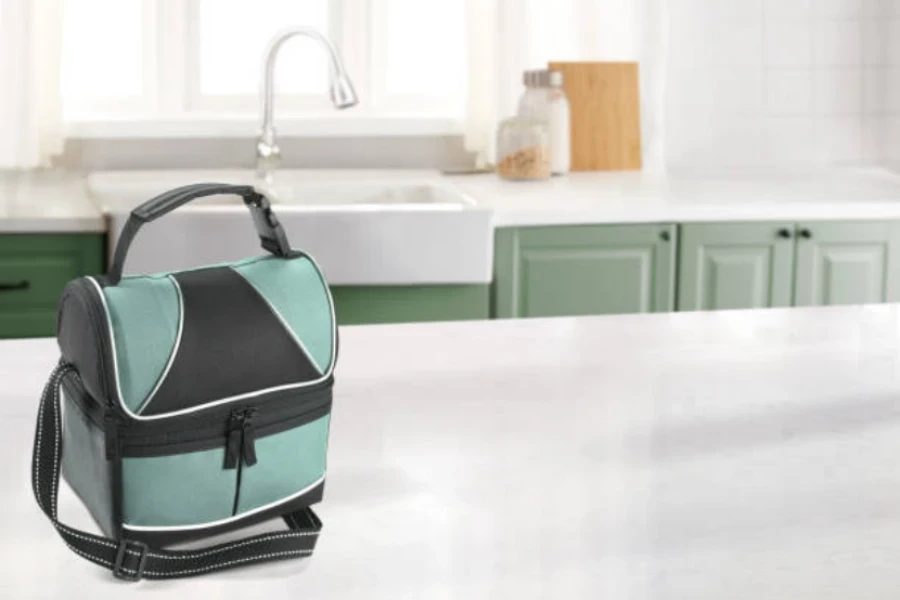
The effectiveness of insulation in lunch boxes is a critical aspect for maintaining food safety and quality. Insulated lunch boxes typically employ an internal foil or thick vinyl coating, acting as a heat-reflective layer. This design prevents the absorption and outward transfer of thermal energy, ensuring that the food retains its original temperature, taste, and freshness.
Most insulated lunch containers incorporate three layers: an external layer, a liner, and an intermediate layer. The core mid-layer usually consists of solid foam, which plays a vital role in temperature insulation. The vacuum created between the internal and external layers aids in insulating the food from external temperature variations. This design principle allows the lunch box to maintain a stable internal environment, irrespective of external conditions.
Investing in high-quality insulated lunch boxes, especially those made of stainless steel, offers several benefits. These boxes are capable of keeping food fresh and tasty for extended periods, making them ideal for long work days or school hours. For instance, insulated lunch boxes can retain food temperature effectively, ensuring that meals packed in the morning remain enjoyable by afternoon.
The insulation quality of these lunch boxes also extends to their versatility in storing different types of food. Whether it’s a hot meal like biryani or cold snacks and fruits, insulated lunch boxes maintain the desired temperature, enhancing the overall eating experience.
Furthermore, insulated lunch boxes are not just limited to temperature maintenance. They often come with additional features like leak-proof seals and durable construction, making them practical for everyday use. The ability to keep food items like bread, rice, and curries in their ideal state without becoming hard, dry, or soggy is a testament to the effectiveness of these lunch boxes in preserving food quality.
In summary, when selecting a lunch box, considering the insulation and temperature control features is crucial. These features not only contribute to the safety and enjoyment of the meal but also offer convenience and versatility in food storage, making them an essential factor in the selection process.
Size, portability, and design aesthetics
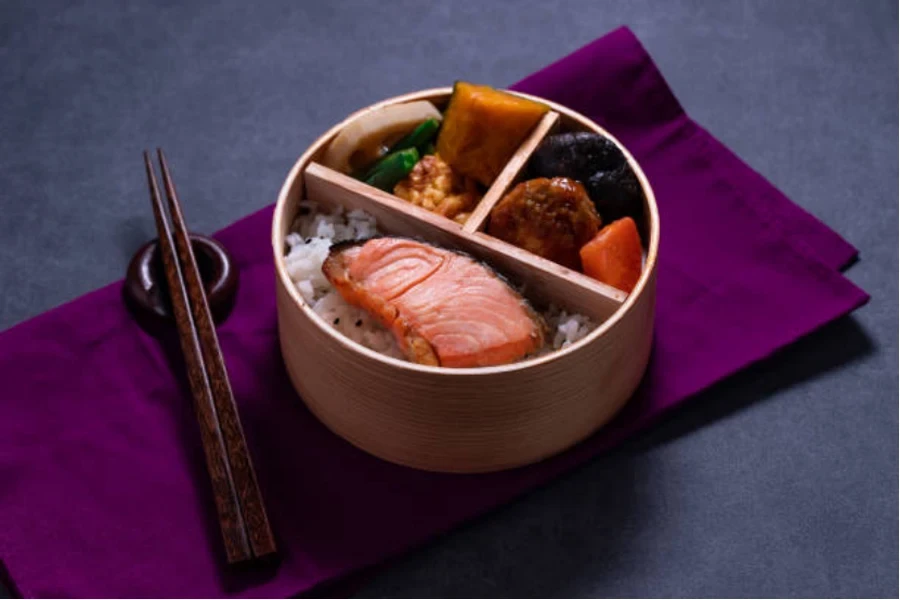
When considering lunch boxes, size, portability, and design aesthetics play a significant role in the selection process. The market offers a wide range of sizes and designs, catering to various needs and preferences.
Size is a crucial factor, especially when considering the amount of food to be carried. For instance, bento boxes like the Takenaka Bento Bite Dual, with dimensions of 4.3 by 6.8 by 4.2 inches and a capacity of 39 ounces, are great for carrying a small sandwich and a few sides. They are ideal for meals that include discrete components such as rice, a rolled omelet, salad, and dumplings. On the other hand, larger lunch boxes like the Coleman 9-Can Cooler are designed to hold a large lunch and multiple drinks, suitable for those who need to carry more food or for group outings.
Portability is another key aspect. The design of the lunch box, including the presence of handles, straps, or compact form factors, influences how easy it is to carry. For example, the Hydro Flask 5 L Insulated Lunch Bag, with its handle on both the top and side, offers versatility in carrying. Its dimensions of 8.7 by 9.5 by 5.5 inches make it a suitable option for those needing a larger capacity without compromising on portability.
Design aesthetics have become increasingly important, with options ranging from sleek and professional to playful and colorful. The W&P Porter Bowl, for instance, is known for its minimalist, shallow design and trendy colors, making it a stylish choice for those who value aesthetics alongside functionality. Its dimensions of 7.5 by 3 inches and a capacity of 34 ounces make it suitable for packing a mixed salad, simple leftovers, or composed dishes.
Leading lunch box models and their features
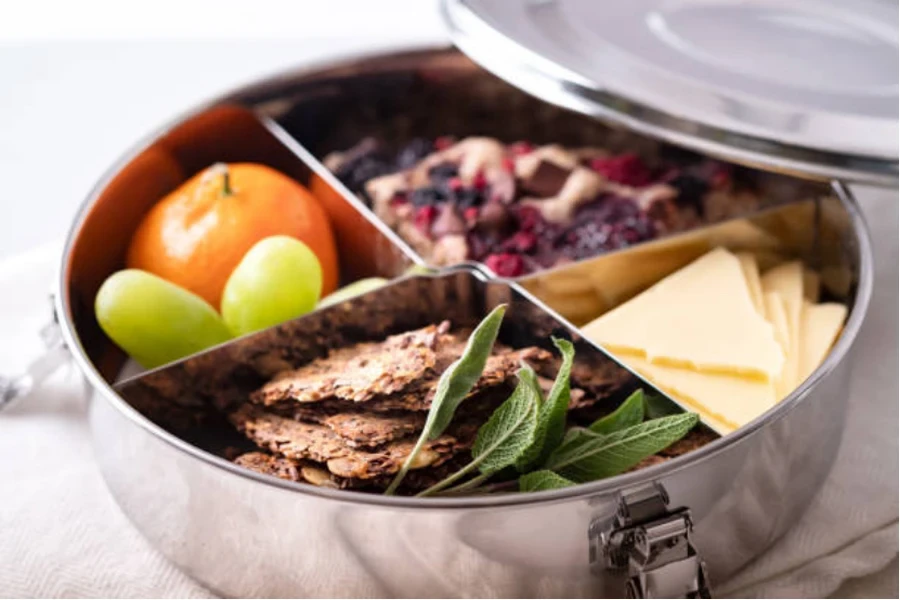
Overview of top models in 2024
In 2024, the lunch box market showcases a variety of models, each with unique features to cater to different preferences and needs. Here’s an overview of some of the top models based on expert reviews and consumer feedback.
Coleman – 9-Can Insulated Lunch Bag
Features: This model stands out for its practicality and utility, making it an ideal choice for adults. It includes a removable hard liner, perfect for ice storage, and offers ample space for a larger lunch. The bag is well-built, featuring a zippered mesh pocket in the lid for small ice packs and a shoulder strap for easy carrying. Its hard tub liner makes it easy to clean and dry.
Ideal for: Those who need a durable and spacious lunch bag, especially for outdoor activities or larger meals.
Monbento – MB Original
Features: This bento box is designed for a compact and minimalist lunch experience. It includes two stacking compartments, allowing for a decent-sized lunch with a small banana or carrot fitting inside without cutting. It also features a tiny dish that works as a divider, ideal for those who prefer their foods not to touch.
Ideal for: Office workers or those who prefer a neatly organized and portion-controlled lunch.
High Sierra – Stacked Compartment Lunch Bag
Features: This model excels in insulation performance, featuring a smaller main compartment for better cooling efficiency. It has a separate pocket for non-perishable food, making it a good choice for managing different food temperatures.
Ideal for: Individuals who require a lunch bag that keeps food cold in a climate-controlled environment.
Hydro Flask Insulated Lunch Box
Features: Known for its powerful insulation, this lunch box features two layers of insulation to keep food chilled for hours. It has a durable design, a wide-open top for easy packing, and a comfortable handle. It’s available in four colors and features a fully-lined interior that’s easy to clean.
Ideal for: Those looking for a durable, stylish, and highly insulated lunch box for everyday use.
PlanetBox
Features: PlanetBox lunch boxes are stainless steel, environmentally friendly, and come in three sizes. They are durable, easy to clean, and dishwasher safe. The design makes healthy lunches look more appealing with different colors of fruits and vegetables in various compartments.
Ideal for: Kids of all ages and adults who prefer a sustainable and visually appealing lunch box.
Each of these models offers unique features, from the Coleman’s rugged utility to the stylish and efficient design of the Hydro Flask and the environmentally friendly aspect of the PlanetBox. The choice depends on individual needs, whether it’s for outdoor use, office settings, or a preference for sustainable materials.
Comparative analysis of features
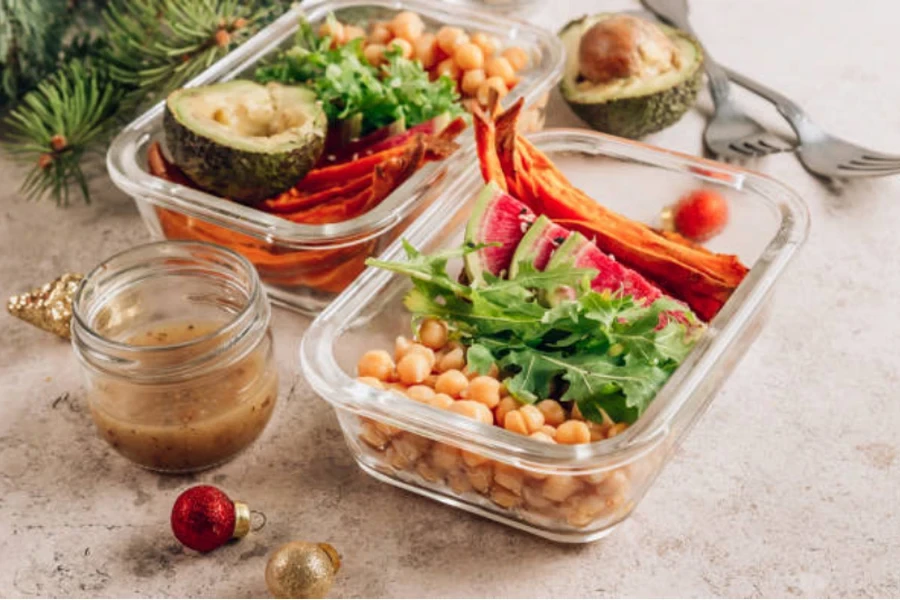
When comparing these models, several key features stand out. The Coleman Insulated Lunch Bag is renowned for its durability and insulation quality. It is often preferred by those who spend a lot of time outdoors or in environments where ruggedness is required. Its insulation is effective in keeping food at the desired temperature for extended periods.
Bentgo Fresh offers a different set of advantages. Its compartmentalized design is its most significant feature, allowing for a diverse and organized meal packing experience. It is also known for its ease of cleaning, which is a crucial factor for daily use. The model’s popularity is further enhanced by its eco-friendly materials, appealing to environmentally conscious consumers.
The Hydro Flask Lunch Box, with its advanced insulation technology, stands out in maintaining food temperature. Its design is both functional and aesthetically pleasing, making it a popular choice among professionals who seek a lunch box that is both practical and stylish. The model’s material quality ensures that it does not retain odors or flavors, a common issue with lesser-quality lunch boxes.
In terms of usability, all three models receive positive feedback from consumers. The Coleman Insulated Lunch Bag is praised for its ruggedness and ability to withstand harsh conditions. Bentgo Fresh is lauded for its convenience and ease of use, particularly in terms of meal organization and portion control. The Hydro Flask Lunch Box is often highlighted for its sleek design and effective insulation, making it a favorite among those who value both style and functionality.
Consumer feedback generally reflects satisfaction with these models, with each catering to different preferences and needs. The Coleman is often recommended for outdoor enthusiasts, Bentgo Fresh for health-conscious individuals, and the Hydro Flask for those seeking a blend of style and practicality.
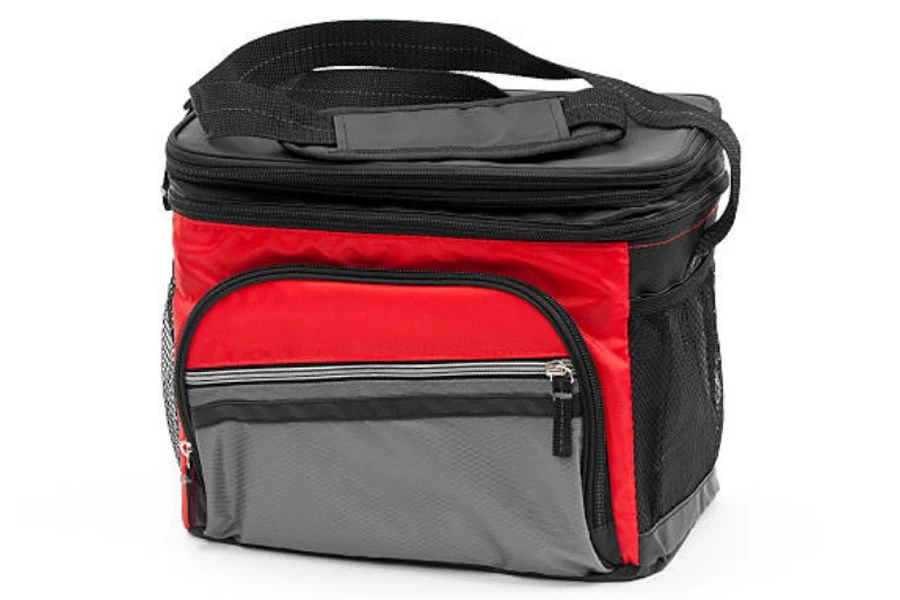
In conclusion, the lunch box market in 2024 offers a range of models, each with unique features catering to diverse consumer needs. From the ruggedness of the Coleman Insulated Lunch Bag to the modern design of Bentgo Fresh and the high-tech Hydro Flask Lunch Box, consumers have a variety of options to choose from, depending on their specific meal requirements and lifestyle preferences.
Concluding insights
The 2024 lunch box market offers a diverse range of options, each tailored to meet specific consumer needs and preferences. From the rugged durability and ample space of the Coleman Insulated Lunch Bag to the sleek, efficient insulation of the Hydro Flask Lunch Box, and the eco-friendly, visually appealing design of the PlanetBox, the choices are vast. These models underscore the importance of considering factors such as material quality, insulation efficiency, size, portability, and design aesthetics. Ultimately, the selection of a lunch box hinges on balancing practicality with personal style and lifestyle needs, ensuring that each meal is as enjoyable as it is nourishing.



